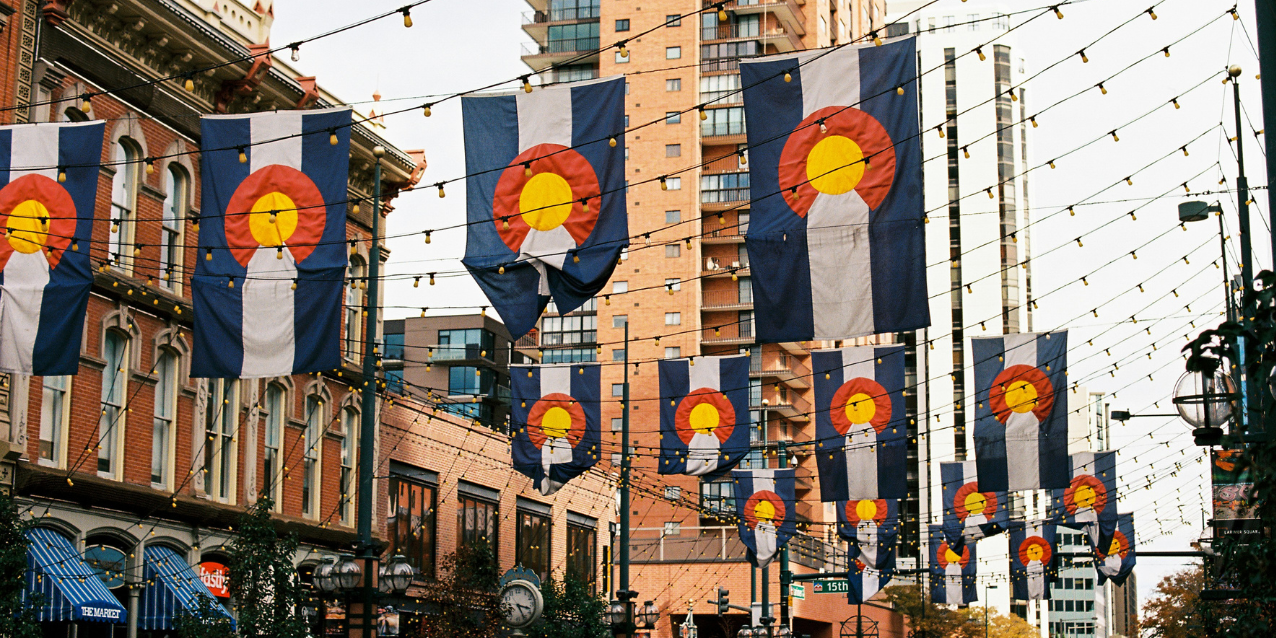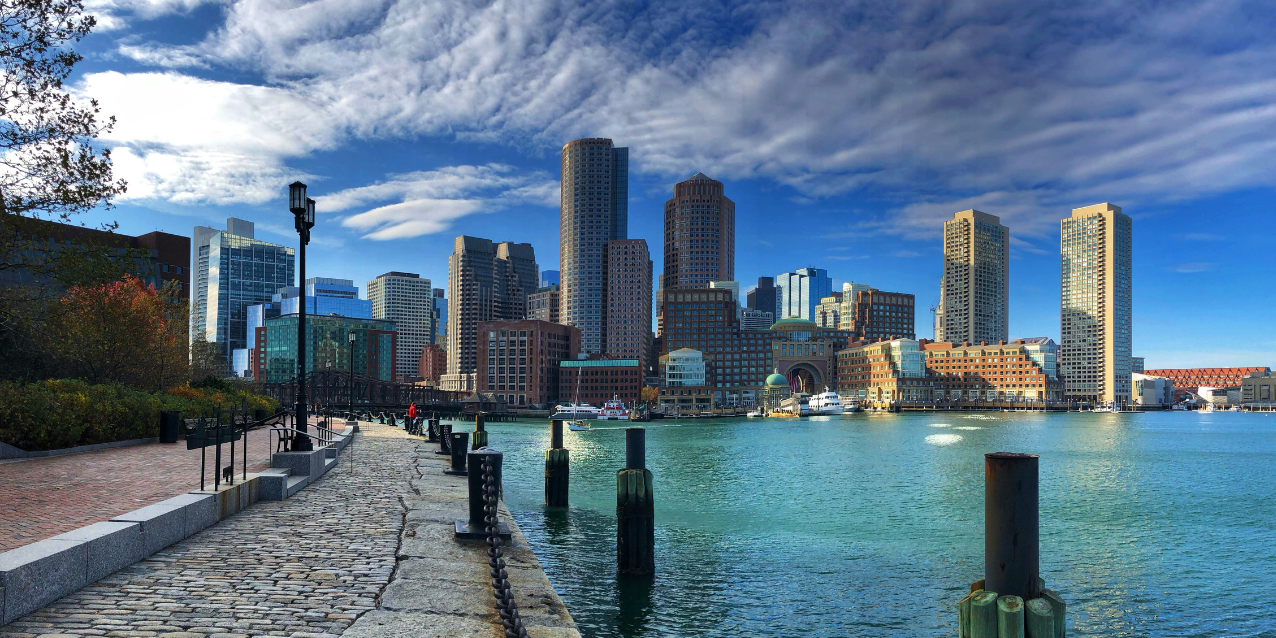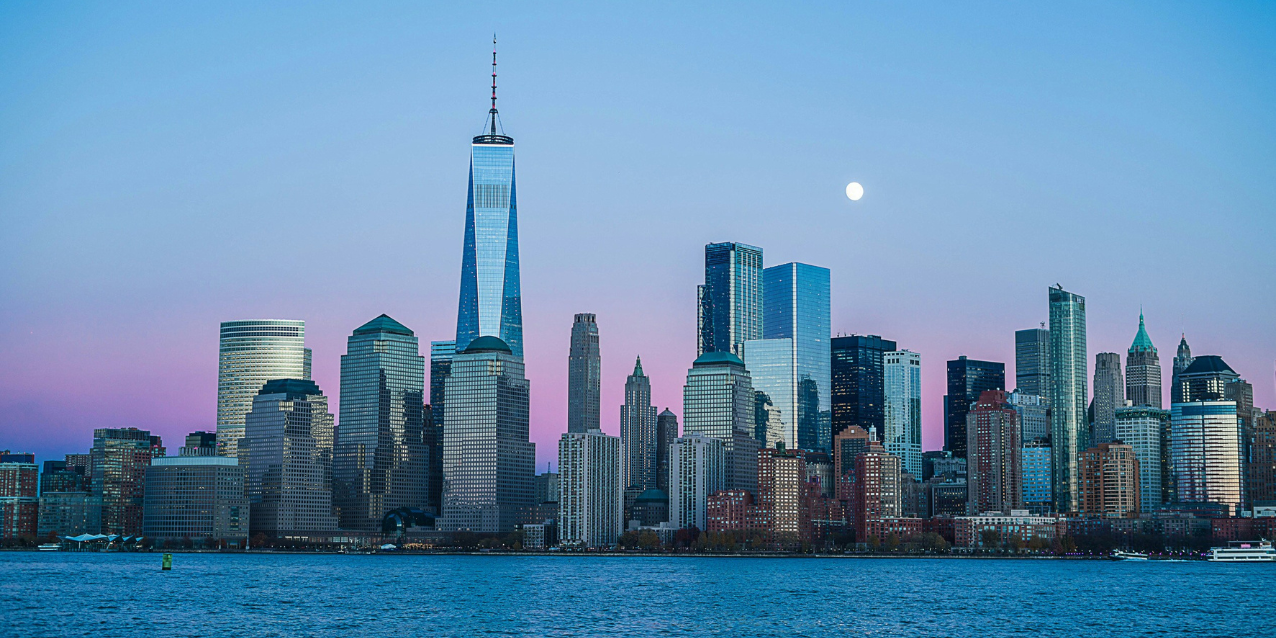News & Updates
3 Environmental Compliance Laws You Should Know
Ampion Renewable Energy
|
July 23, 2025
More and more cities are enacting laws requiring buildings to meet strict emission reductions standards in the coming decades. Many of our customers have asked about Energize Denver, BERDO in Boston, and Local Law 97 in New York. Here’s what you need to know about each of these compliance ordinances for buildings. Reach out to Ampion to hear how we can help your organization comply with these laws.

1. Denver, CO – Energize Denver
Energize Denver requires buildings to meet a set of benchmarks to reduce greenhouse gas emissions. Certain benchmarks only apply to buildings with an area of 25,000 square feet or greater. These emission reduction benchmarks can be met in multiple ways, including electrifying appliances and sourcing renewable energy. These buildings are required to submit annual benchmark reports detailing their progress.
Smaller buildings, those between 5,000 and 25,000 square feet in area, are also subject to restrictions. The law mandates that 90% of their lighting be LED, or that a certain percentage of their energy comes from renewable sources. Joining Community Solar is one way these smaller buildings can comply with this new law.
Certain benchmarks only apply to buildings with an area of 25,000 square feet or greater. However, if your facility is a part of a larger building (i.e. a mall or office building) and less than 25,000 square feet, you may have pass through charges that are pro-rated based on your lease terms.

2. Boston, MA – Building Emissions Reduction and Disclosure Ordinance (BERDO)
Under BERDO, Boston buildings over 25,000 square feet of floor area or residential buildings with 15 or more units are required to reach net-zero emissions by 2050. Currently, these buildings are required to report their annual energy and water consumption to the City of Boston. Within the next 1-4 years, buildings will have to reach specific emissions reductions standards. BERDO is intended to help the City of Boston meet its goal of achieving carbon neutrality by 2050.

3. New York, NY – Local Law 97
Local Law 97 is the most ambitious city-sanctioned emissions reduction legislation in the world. A whopping two-thirds of New York City’s greenhouse gas emissions originate from buildings. That’s why Local Law 97 was enacted in 2019 – to help the city reduce its environmental impact drastically by putting caps on buildings over 25,000 square feet. More than 50,000 buildings in NYC have over 25,000 square feet. Starting this year, these buildings have to reach initial Local Law 97 milestones. Under Local Law 97, new emissions reductions targets will be implemented periodically through 2050.
How Does Ampion Help Businesses Adhere to These Mandates?
Many of these environmental compliance ordinances have a renewable energy component requiring buildings of a certain size to source or support renewable energy. Community Solar and our Ampion+ program, Community Solar with Renewable Energy Certificates (RECs), help businesses meet these requirements. Our expert team consults businesses, helping them to navigate local sustainability requirements and achieve their ESG goals. Reach out to us today to see how Ampion can help you.